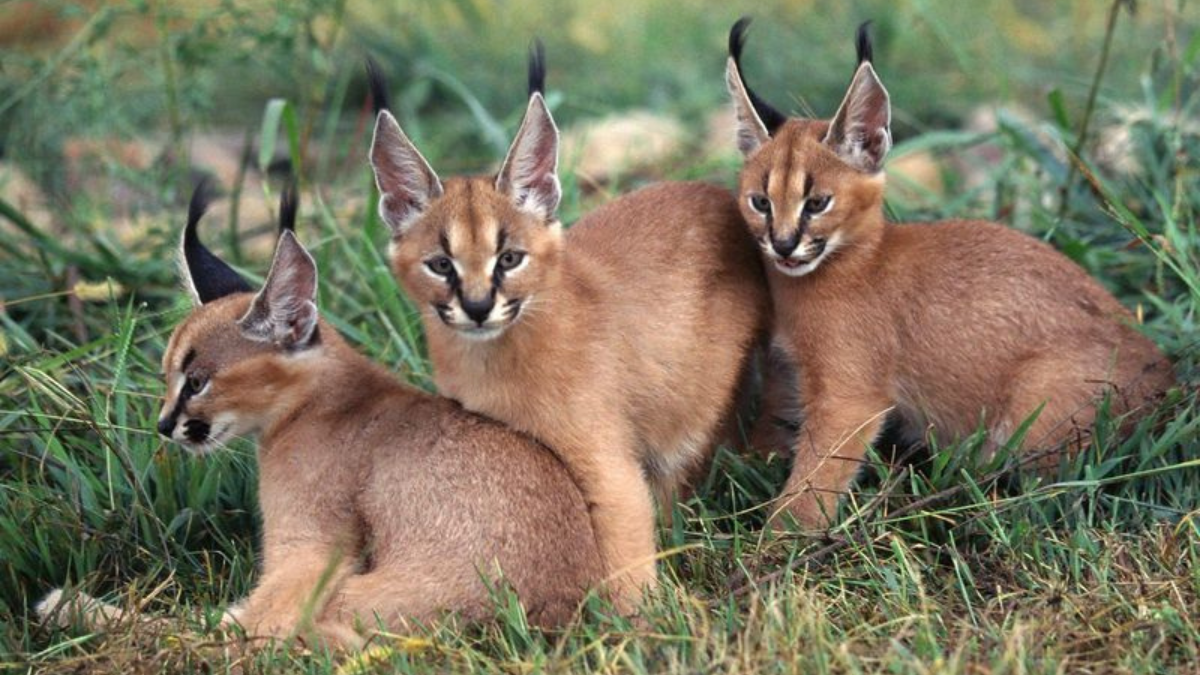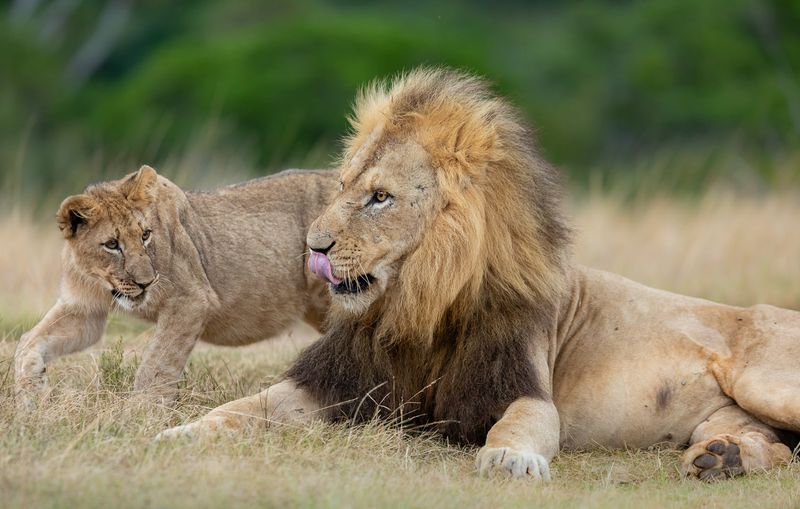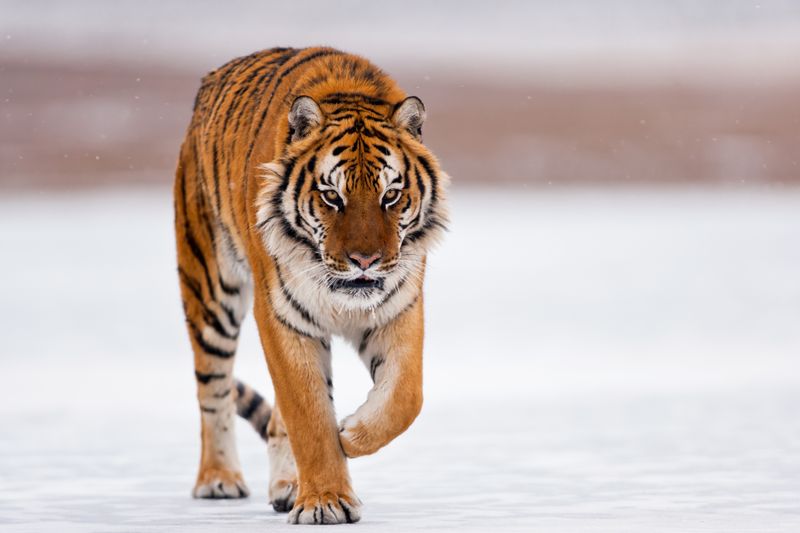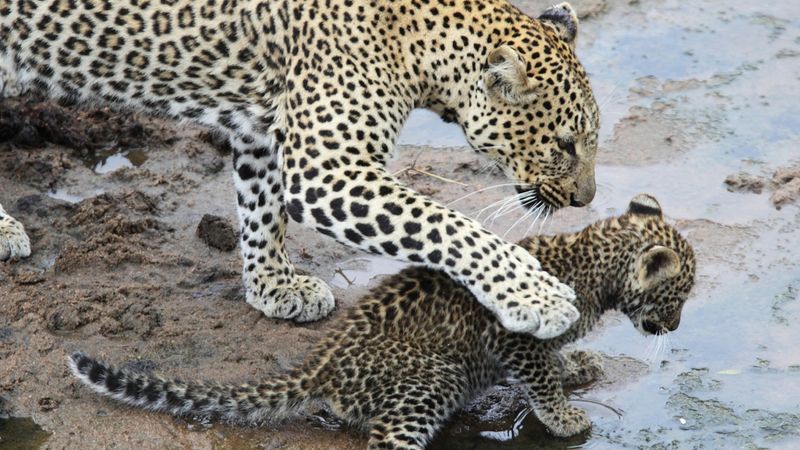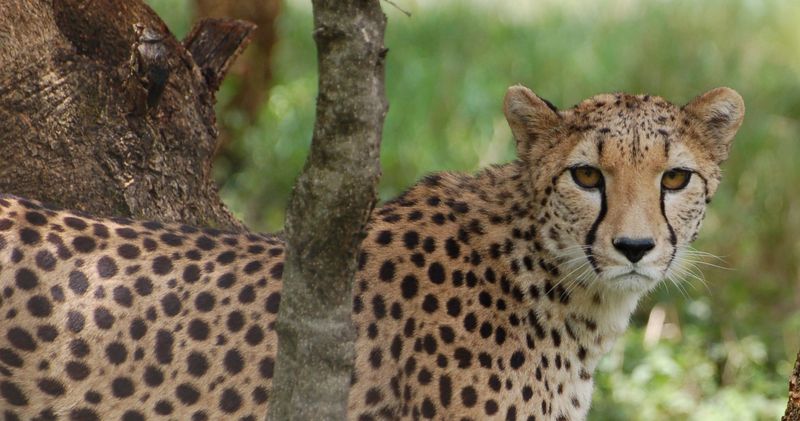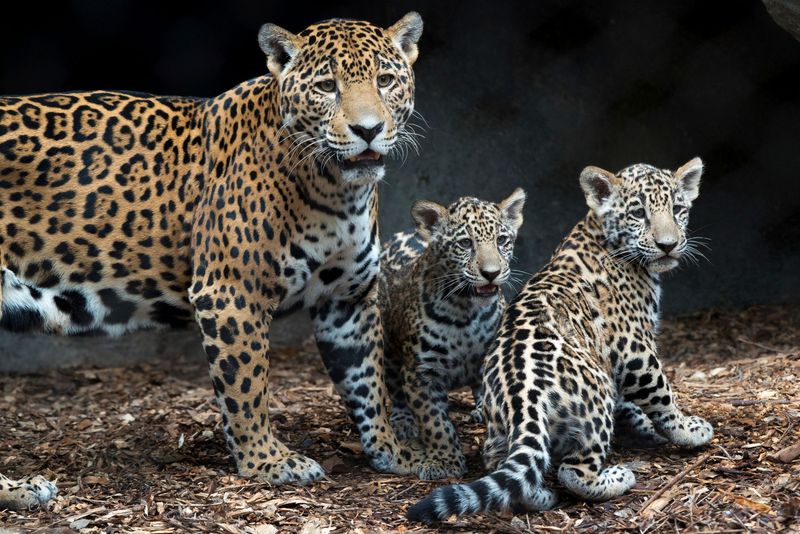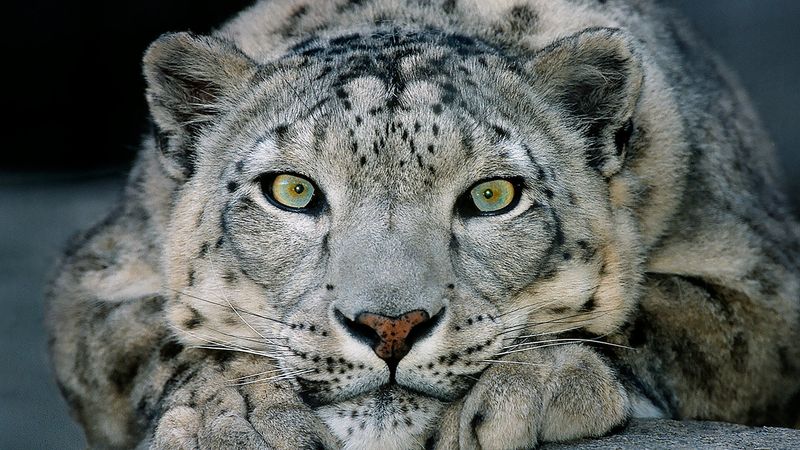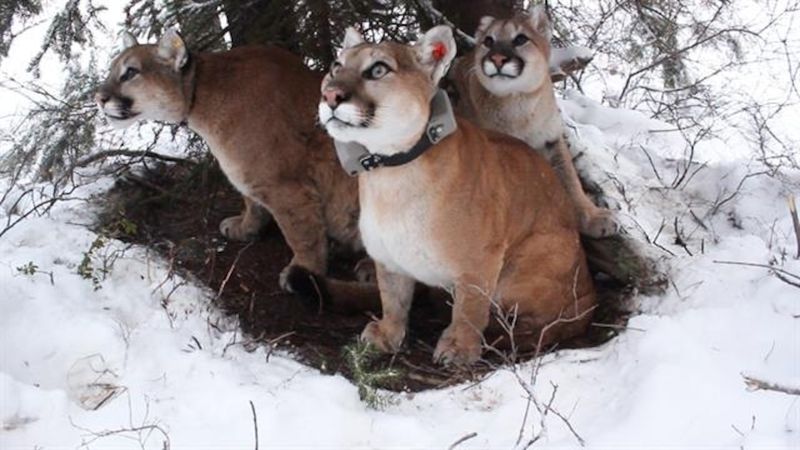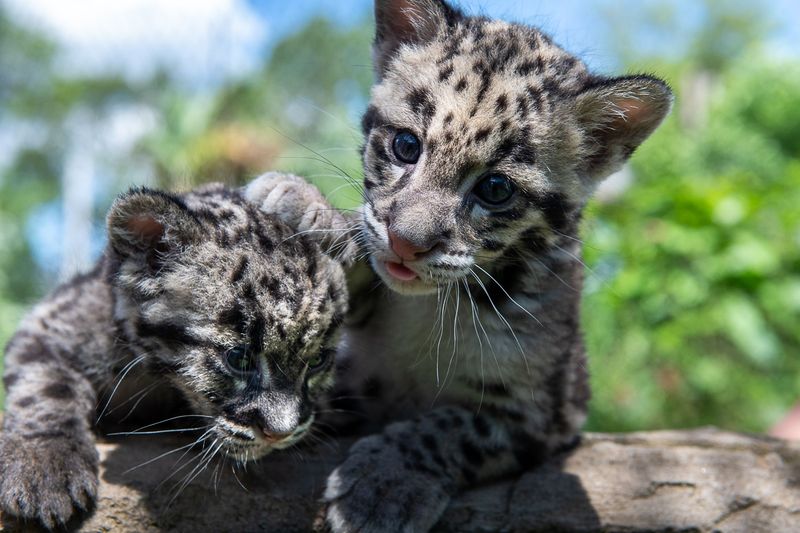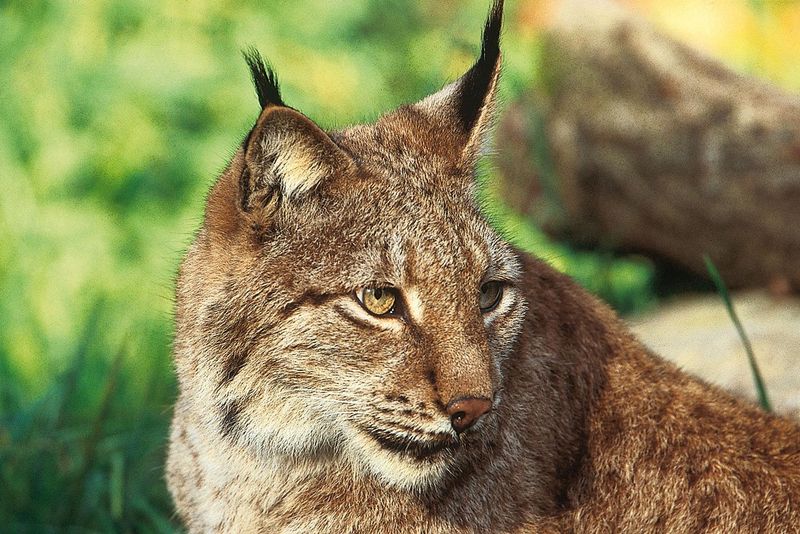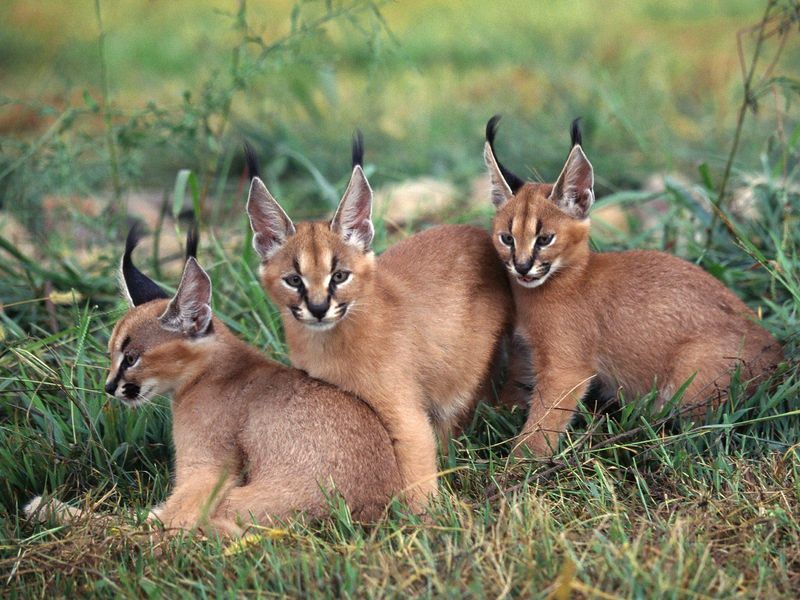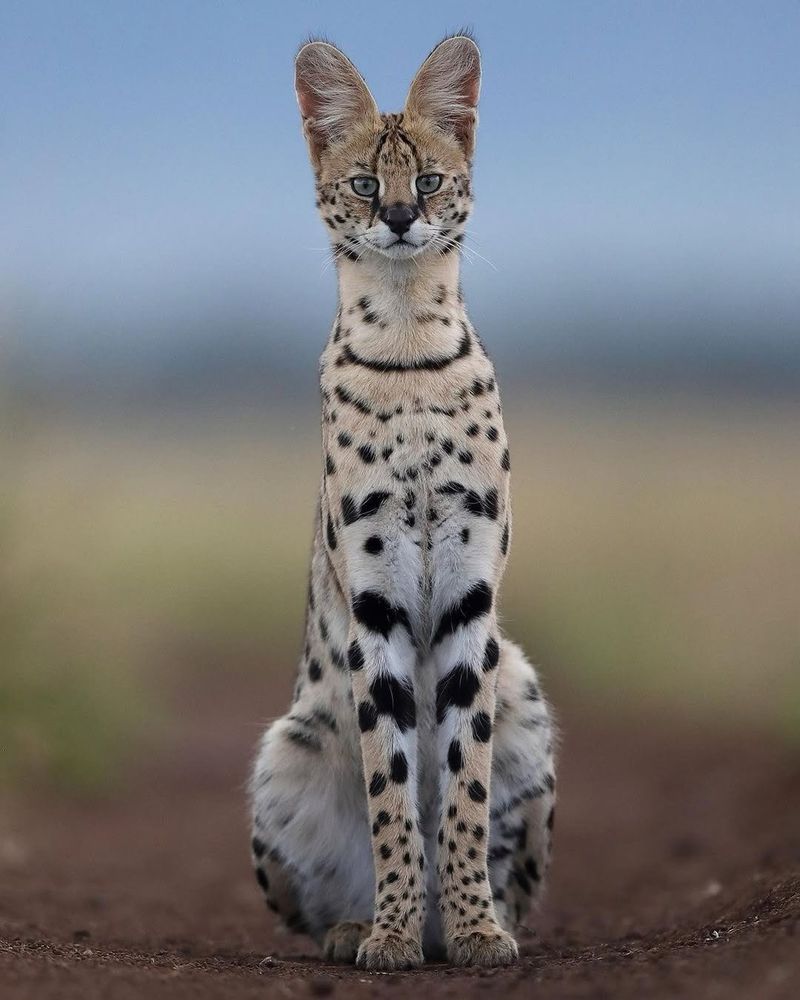📖 Table of Content:
Big cats are often thought of as solitary hunters, prowling through dense jungles or open savannahs. However, beneath this common perception lies a complex network of social structures that many of these species rely on. From cooperative prides to secretive communal bonds, their social lives are far more intricate than one might imagine.
Each big cat species has developed unique social behaviors that are crucial for survival. Lions, for example, form tight-knit prides, while snow leopards often maintain solitary but interconnected territories. These social dynamics reveal much about their interactions, how they hunt, and their strategies for ensuring the survival of their young.
Understanding these social structures is key to better managing and conserving big cats in the wild. These intricate social bonds affect everything from territorial behavior to the success of hunting and reproduction. By delving deeper into the lives of these 11 big cat species, a clearer picture emerges of their complex and often surprising social worlds.
1. Lion
Lions are famous for their social structure, forming tight-knit groups called prides. These prides usually consist of related females, their offspring, and a small number of adult males. Each pride has a defined territory, defended fiercely by its members. Within these groups, females often collaborate in hunting and raising cubs.
This cooperation ensures higher survival rates for the young and strengthens the pride’s unity. The dominant male plays a crucial role in protection and mates with the females. However, males face challenges from outside males seeking to take over the pride, resulting in dramatic power shifts.
2. Tiger
Unlike lions, tigers are generally solitary animals with vast territories. However, they do engage in social interactions, especially during mating season. Female tigers raise their cubs alone, teaching them essential survival skills. These cubs remain with their mother for up to two years before establishing their own territories.
Scent marking and vocalizations are crucial for communication among tigers, helping them avoid unnecessary confrontations. Occasionally, overlapping territories lead to peaceful interactions, particularly between mothers and their grown daughters. Despite their solitary nature, tigers’ social structures are vital for reproduction and sustaining their populations.
3. Leopard
Stealthy and secretive, leopards carve out vast territories, marking their boundaries with scent to ward off competitors. Interaction between males and females is brief, limited to mating, after which the female raises her cubs independently. Though solitary, leopards are far from silent, communicating through vocal calls and scent markings.
Within overlapping territories, leopards may tolerate each other, reducing conflict. Their adaptability to various environments enhances their survival, allowing them to thrive in diverse habitats. This solitary existence, paired with strategic communication, defines leopards’ social dynamics.
4. Cheetah
Despite being known for speed, cheetahs have intriguing social structures. Males, particularly siblings, often form coalitions that enhance their hunting efficiency and territorial defense. These coalitions increase their lifespan and reproductive success by allowing them to take down larger prey and protect prime territories.
Female cheetahs, however, lead solitary lives, raising cubs alone until they are mature enough to fend for themselves. Cubs learn vital survival skills from their mothers, ensuring they can navigate the challenges of the wild. This blend of social bonding among males and independence among females characterizes cheetah societies.
5. Jaguar
Jaguars are solitary by nature, inhabiting dense rainforests where they rule as apex predators. Their social interactions are limited to mating and raising offspring. Females are solely responsible for nurturing their young, providing them with hunting skills essential for survival. Jaguars communicate through vocalizations and scent marking to establish territories. Despite their solitary existence, jaguars exhibit occasional tolerance towards others, especially during overlapping ranges.
This elusiveness, combined with strategic communication, plays a crucial role in their survival. Jaguars’ adaptability to diverse environments and their solitary prowess make them enigmatic figures in the animal kingdom.
6. Snow Leopard
Often called “ghosts of the mountains,” snow leopards inhabit high-altitude regions of Central Asia. They lead solitary lives, but recent studies reveal unexpected social structures. These big cats maintain vast home ranges, sometimes overlapping with others. In these overlaps, interactions occur, especially during the mating season. Mothers are dedicated caregivers, nurturing their cubs in harsh environments.
Vocalizations and scent markings aid in communication, helping them navigate their expansive territories. Snow leopards’ elusive nature and cryptic behavior make them challenging to study, yet these subtle social interactions play a vital role in their survival and reproduction.
7. Cougar
Also known as pumas, cougars exhibit solitary behavior but demonstrate complex social interactions. They establish large territories to avoid conflict, marked by scent and vocal signals. Although generally solitary, cougars sometimes share kills with conspecifics or tolerate overlap in territories.
During mating season, males and females interact briefly, after which females raise the cubs alone. These young cougars learn crucial survival skills from their mothers before dispersing to establish their territories. This blend of solitary life with occasional social interactions supports their adaptability across diverse environments. Cougars’ territorial strategies are essential for maintaining population stability.
8. Clouded Leopard
Mysterious inhabitants of Southeast Asian forests, clouded leopards are known for their elusive behavior. These big cats lead solitary lives, rarely seen in the wild. They establish territories marked by scent, ensuring minimal conflict with others.
Males and females come together only for mating, after which the female cares for the cubs alone. Despite their solitary nature, clouded leopards exhibit remarkable climbing skills, allowing them to navigate dense forests efficiently. Their ability to blend with the environment aids in hunting and avoiding threats. This solitary existence, coupled with strategic adaptations, defines their unique social dynamics.
9. Eurasian Lynx
A solitary feline, the Eurasian lynx roams across vast territories in Europe and Asia. These cats are territorial, marking their domain with scent to ward off intruders. Social interactions are limited to mating and raising young. Females nurture their cubs, teaching them essential survival skills.
Scent markings and vocalizations facilitate communication, helping them maintain their solitary territories. Despite their solitary nature, lynxes occasionally show tolerance towards neighboring individuals. This solitary lifestyle, combined with keen adaptability, ensures their survival in diverse environments. The lynx’s elusive presence often makes them a rare sight, adding to their mystique.
10. Caracal
Often dubbed the “desert lynx,” caracals inhabit dry regions of Africa and Asia. These solitary cats are agile hunters, known for their remarkable jumping ability. Social interactions are scarce, with meetings primarily for mating purposes. Females raise their young alone, providing them with the hunting skills necessary for independence.
Caracals communicate through vocalizations and scent markings, which are crucial for establishing territories. Despite their solitary habits, they exhibit occasional tolerance of overlapping ranges. This solitary existence, paired with impressive hunting prowess, defines their social dynamics, allowing them to thrive in harsh environments.
11. Serval
Servals, with their striking appearance, are solitary hunters of the African savannah. These cats establish territories marked by scent to avoid conflict with others. Social interactions are limited, occurring mainly during the mating season.
Females assume the sole responsibility of raising and teaching their young essential survival skills. Servals communicate through vocalizations and scent markings, which are crucial for navigation and territory establishment. Despite their solitary nature, servals occasionally exhibit tolerance towards neighboring individuals, especially in overlapping ranges. This solitary lifestyle and strategic communication define their social dynamics, ensuring survival in the expansive savannahs.
